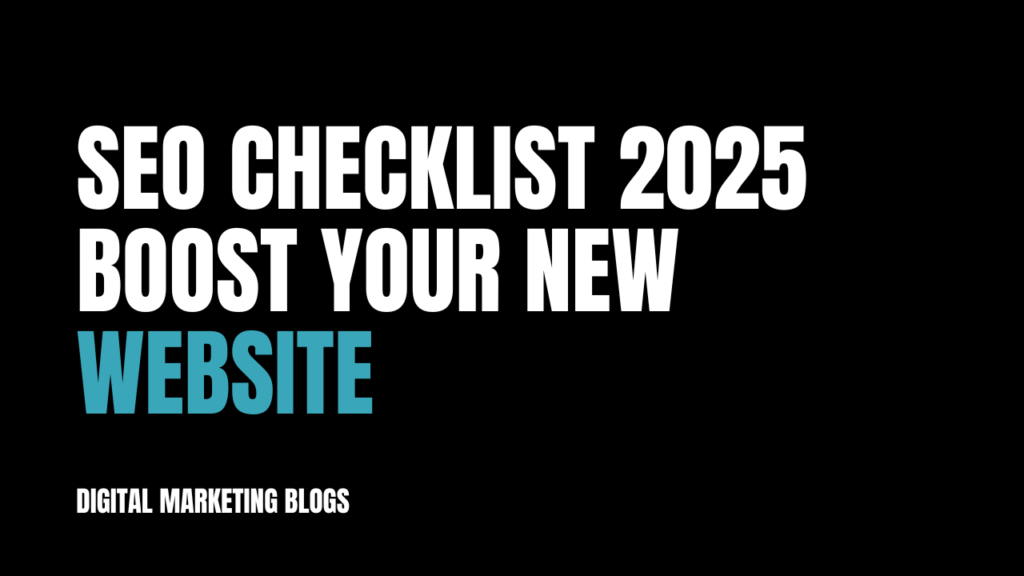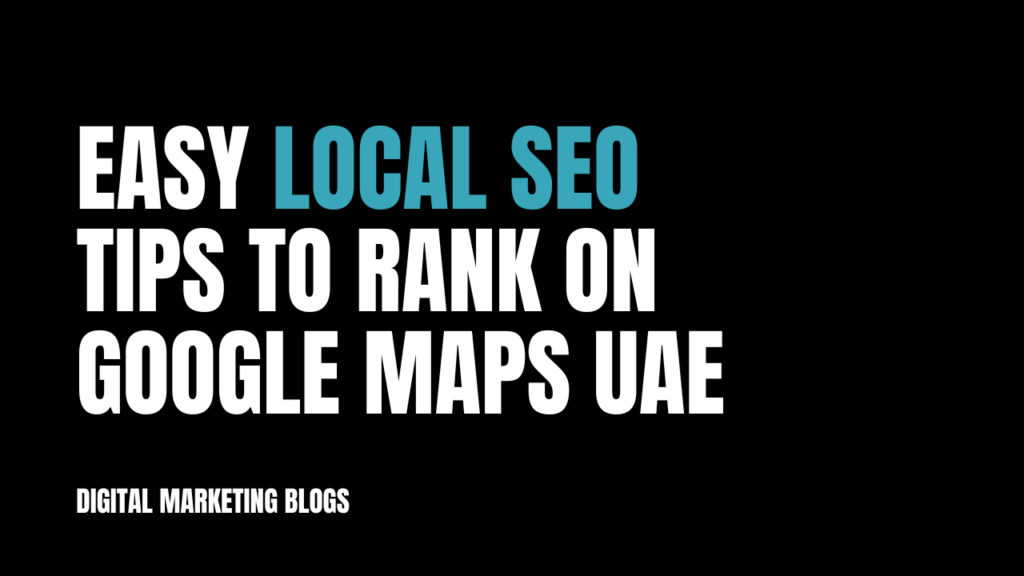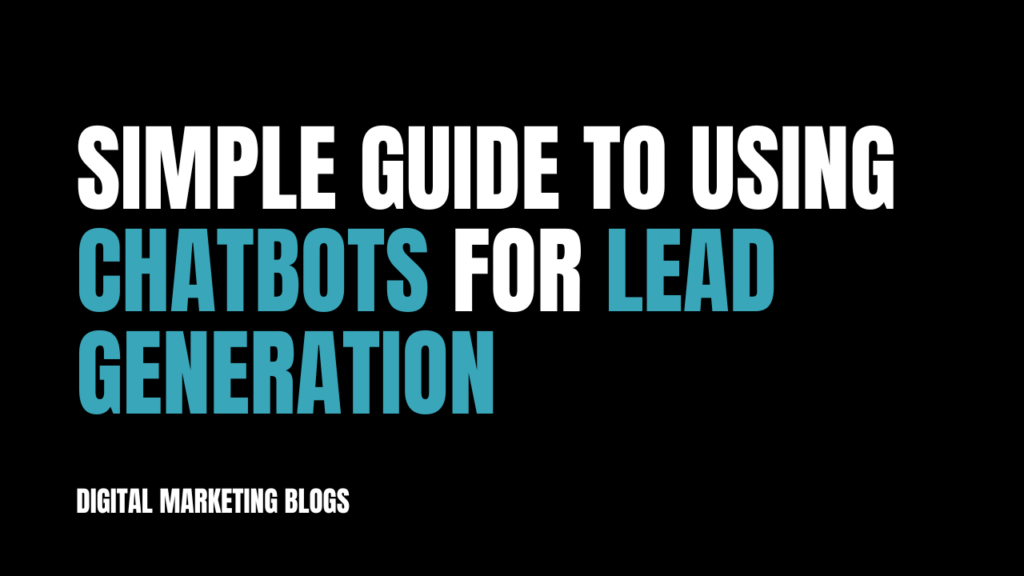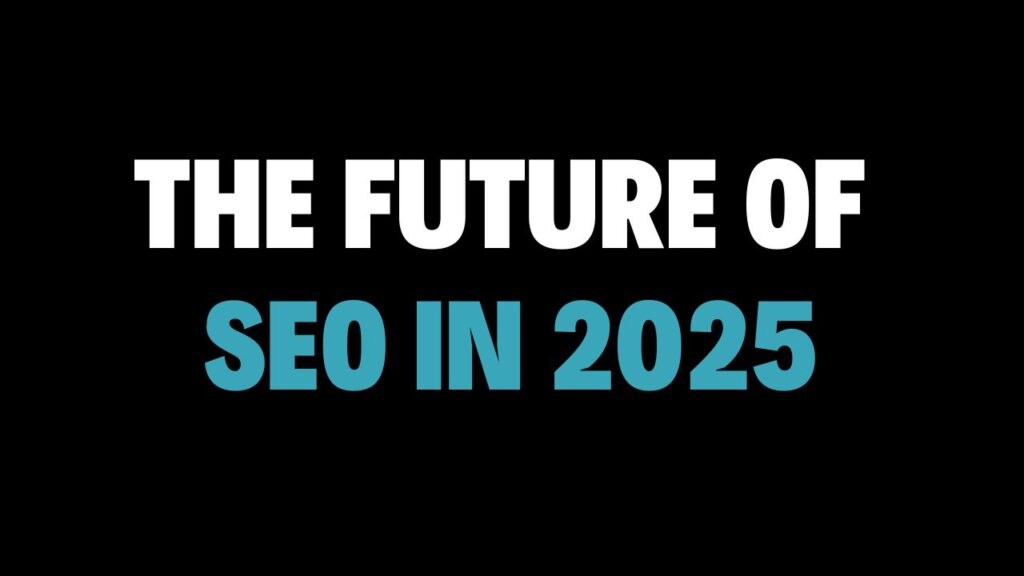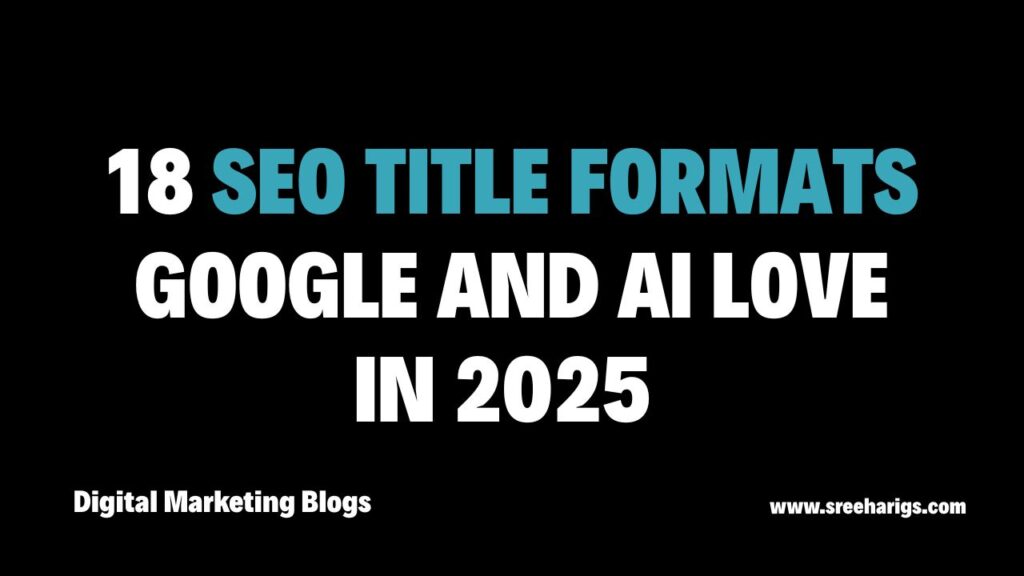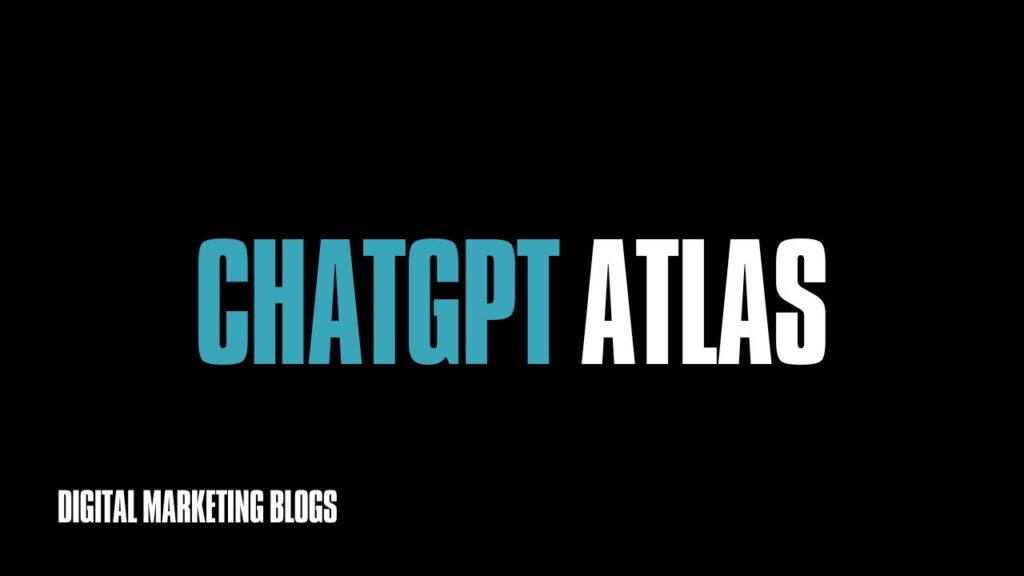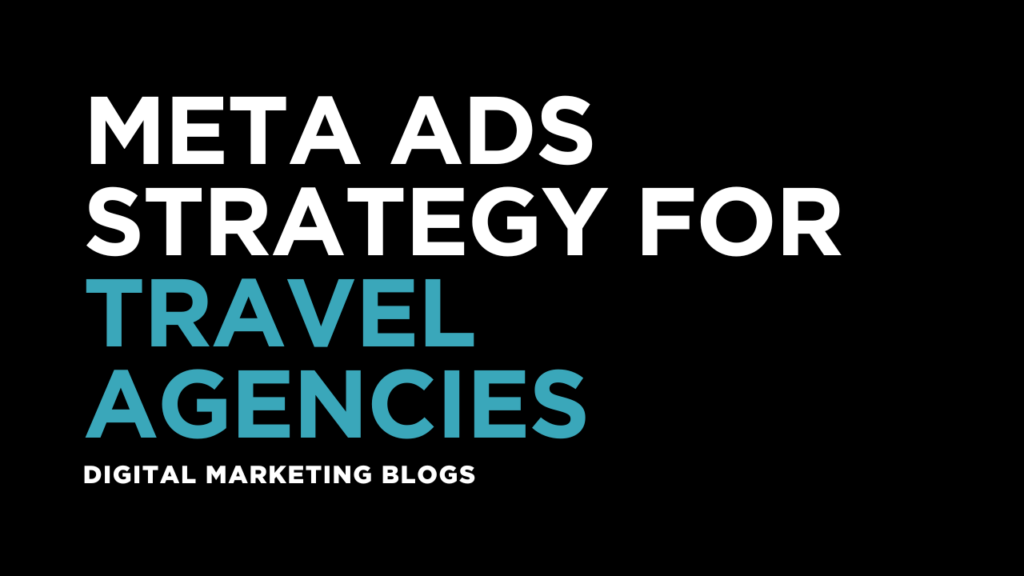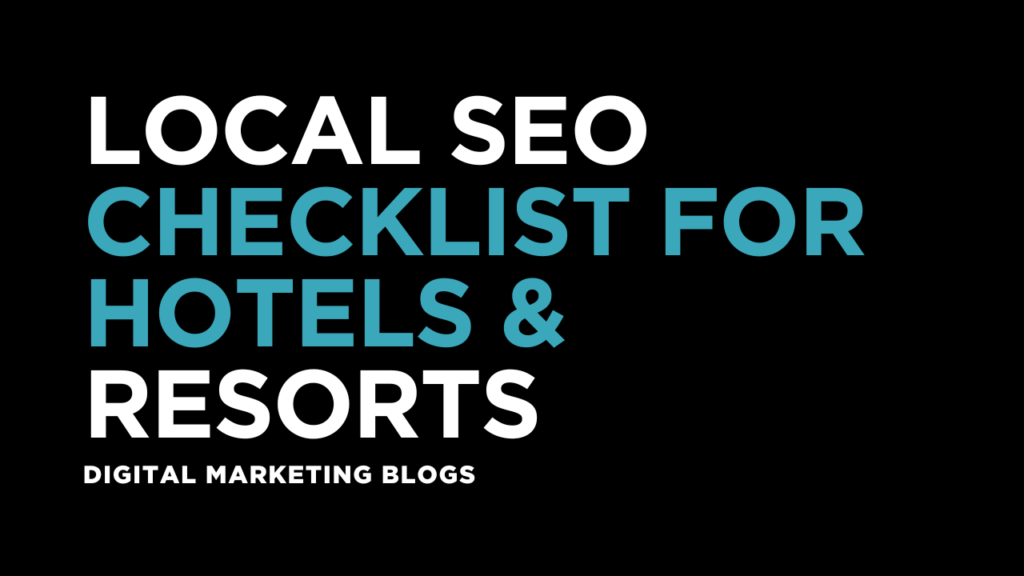SEO Checklist for New Websites in 2025
Launching a new website in 2025? Congratulations! But remember, no matter how visually stunning or technically advanced your site is, it won’t succeed without search engine optimization. SEO is your bridge to visibility, traffic, and conversions. This guide presents the ultimate SEO checklist tailored for new websites in 2025, ensuring your site is primed for both search engines and users. Why SEO Matters More Than Ever in 2025 Search engines evolve, and so do user behaviors. In 2025, Google’s algorithms have become smarter, favoring fast, secure, and user-intent-focused websites. If you want organic traffic, SEO isn’t optional—it’s foundational. 1. Technical SEO Setup a. Choose a Fast and Secure Hosting Provider Your hosting provider impacts load time and security. Choose one with: High uptime guarantee (99.9%) SSL certificate (HTTPS) Server locations close to your target audience b. Use a Mobile-First Responsive Design Google uses mobile-first indexing. Ensure your site: Loads seamlessly on mobile Has clickable elements spaced correctly Uses readable fonts and images c. Submit Your Sitemap to Google Search Console Create an XML sitemap and submit it to: Google Search Console Bing Webmaster Tools This helps search engines index your pages efficiently. d. Fix Crawl Errors and Optimize Robots.txt Regularly check crawl stats and fix issues: Block unwanted pages Ensure important pages aren’t disallowed 2. On-Page SEO Essentials a. Optimize Page Titles and Meta Descriptions Every page should have: A unique title (55-60 characters) A compelling meta description (under 155 characters) b. Use Header Tags Properly (H1, H2, H3) Structure content with clear headings: Use only one H1 per page Break content with H2s and H3s for readability c. Include Keywords Naturally Do keyword research using tools like: Google Keyword Planner SEMrush or Ahrefs Place keywords in: Title First 100 words Subheadings URL Alt tags (for images) d. Optimize Images Use descriptive filenames Compress images for speed Add alt text with relevant keywords 3. Core Web Vitals and User Experience Google uses Core Web Vitals as ranking factors: a. Largest Contentful Paint (LCP) Measures load speed. Aim for under 2.5 seconds. b. First Input Delay (FID) Measures interactivity. Should be less than 100ms. c. Cumulative Layout Shift (CLS) Measures visual stability. Keep it under 0.1. Use tools like Google PageSpeed Insights and Lighthouse to monitor these metrics. 4. Content Strategy for 2025 a. Focus on Search Intent Match content with the user’s intent: Informational Navigational Transactional b. Create Long-Form, Valuable Content Aim for: 1000+ words In-depth explanations Data and examples c. Use AI Tools for Research, Not Writing Leverage AI for keyword suggestions and competitor analysis, but ensure your content is human-written and original. d. Incorporate Multimedia Add: Infographics Videos Interactive elements These improve engagement and dwell time. 5. Internal and External Linking a. Internal Linking Link related blog posts or service pages Use keyword-rich anchor text Limit to 3-5 internal links per 1000 words Here’s an example: If you’re a digital marketer in UAE, linking to relevant local pages helps build topical authority. b. External Linking Link to authoritative sources Open in a new tab Don’t overdo it (2-4 per post) 6. Local SEO (If Applicable) a. Set Up Google Business Profile Verify your listing Add accurate business details Collect and respond to reviews b. Use Local Keywords Include city or region names in: Meta tags Headings Content c. Get Listed in Local Directories Submit to: Yelp Yellow Pages Niche-specific directories 7. Link Building and Off-Page SEO a. Build High-Quality Backlinks Guest blogging Collaborations Digital PR b. Avoid Spammy Practices Don’t buy links or use PBNs—they can lead to penalties. c. Leverage Social Media Share your content on: LinkedIn Twitter Instagram Niche forums Social signals can indirectly boost your SEO. 8. Analytics and Continuous Optimization a. Set Up Google Analytics 4 (GA4) Track: Page views Conversion rates Bounce rates b. Use Google Search Console Data Identify: Top-performing queries CTR issues Indexing problems c. Conduct Regular SEO Audits Use tools like: Screaming Frog Sitebulb Ahrefs 9. Schema Markup and Structured Data a. Implement Relevant Schema Types Article Local Business Product FAQ Use Google’s Rich Results Test to verify implementation. b. Add Breadcrumb Markup Improves navigation and enhances SERP appearance. 10. Stay Updated with SEO Trends a. Follow Trusted SEO Blogs Moz Search Engine Journal Backlinko b. Participate in SEO Communities Reddit (r/SEO) Twitter/X Spaces LinkedIn groups SEO changes quickly—continuous learning is key. Final Thoughts SEO for new websites in 2025 is a strategic, ongoing effort. From technical foundations to rich content and user experience, every element plays a role in driving traffic and conversions. Start strong with this checklist and build your way to long-term organic growth.
SEO Checklist for New Websites in 2025 Read More »

